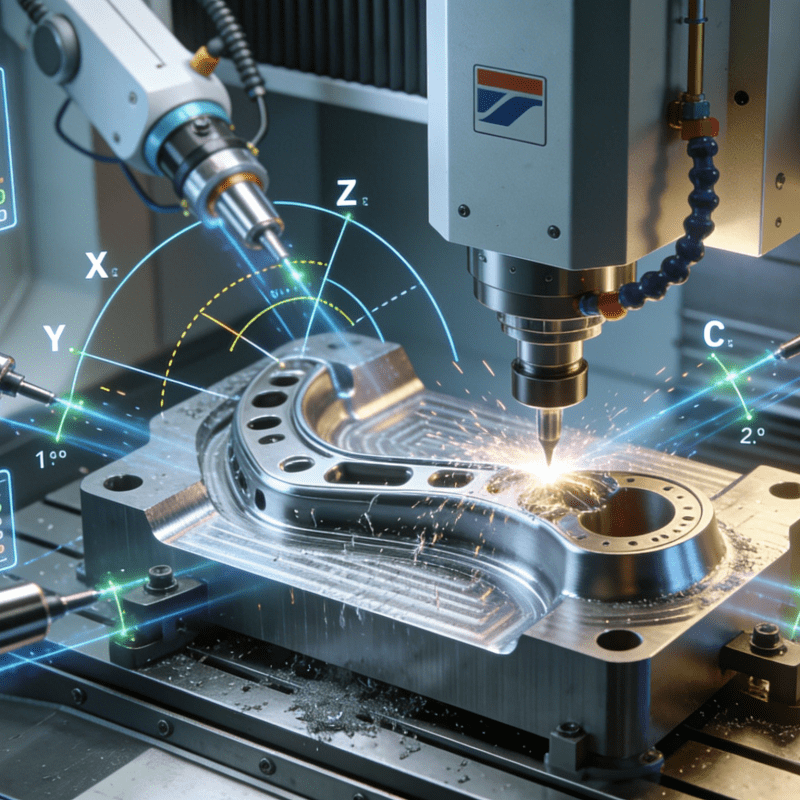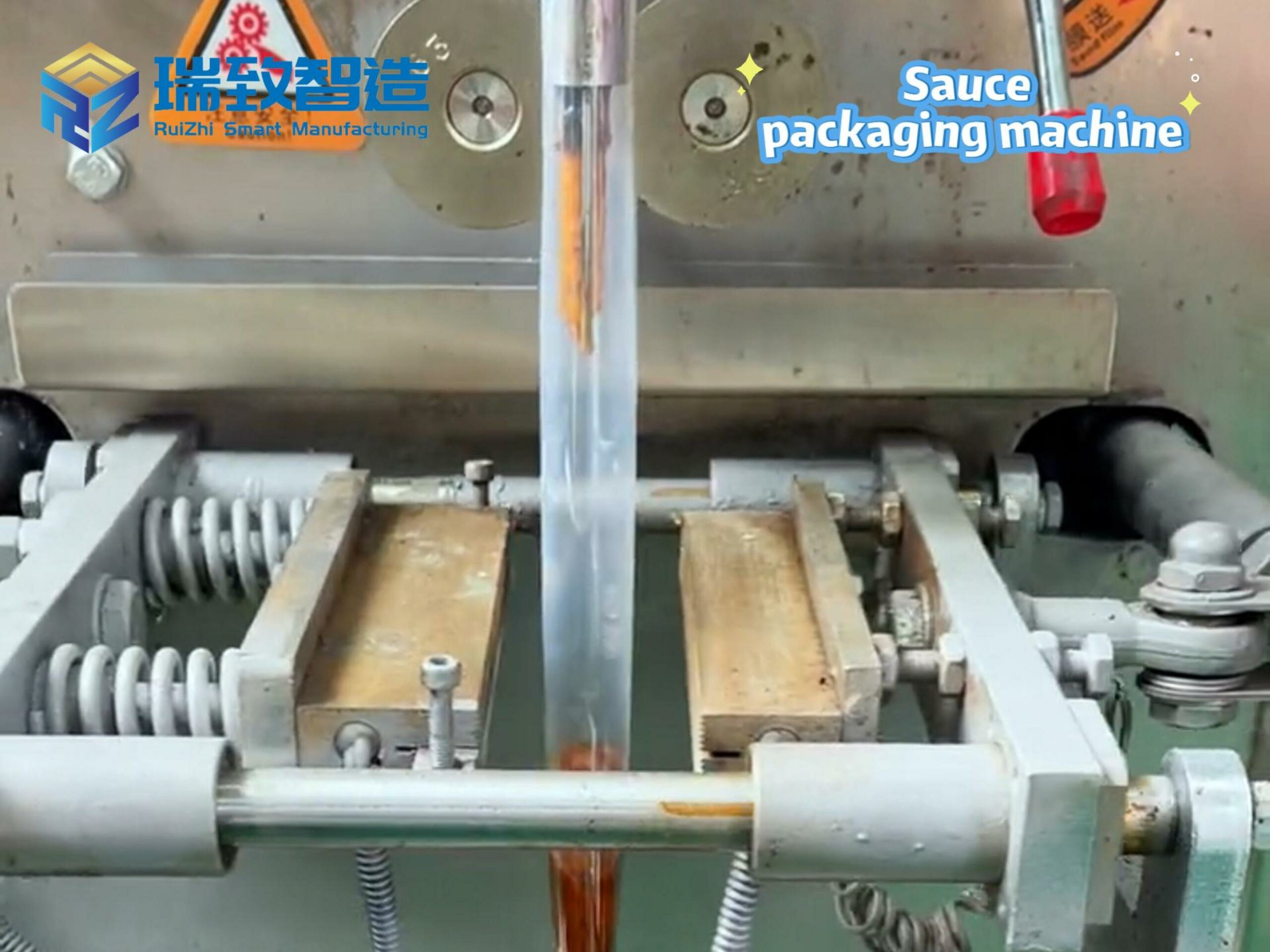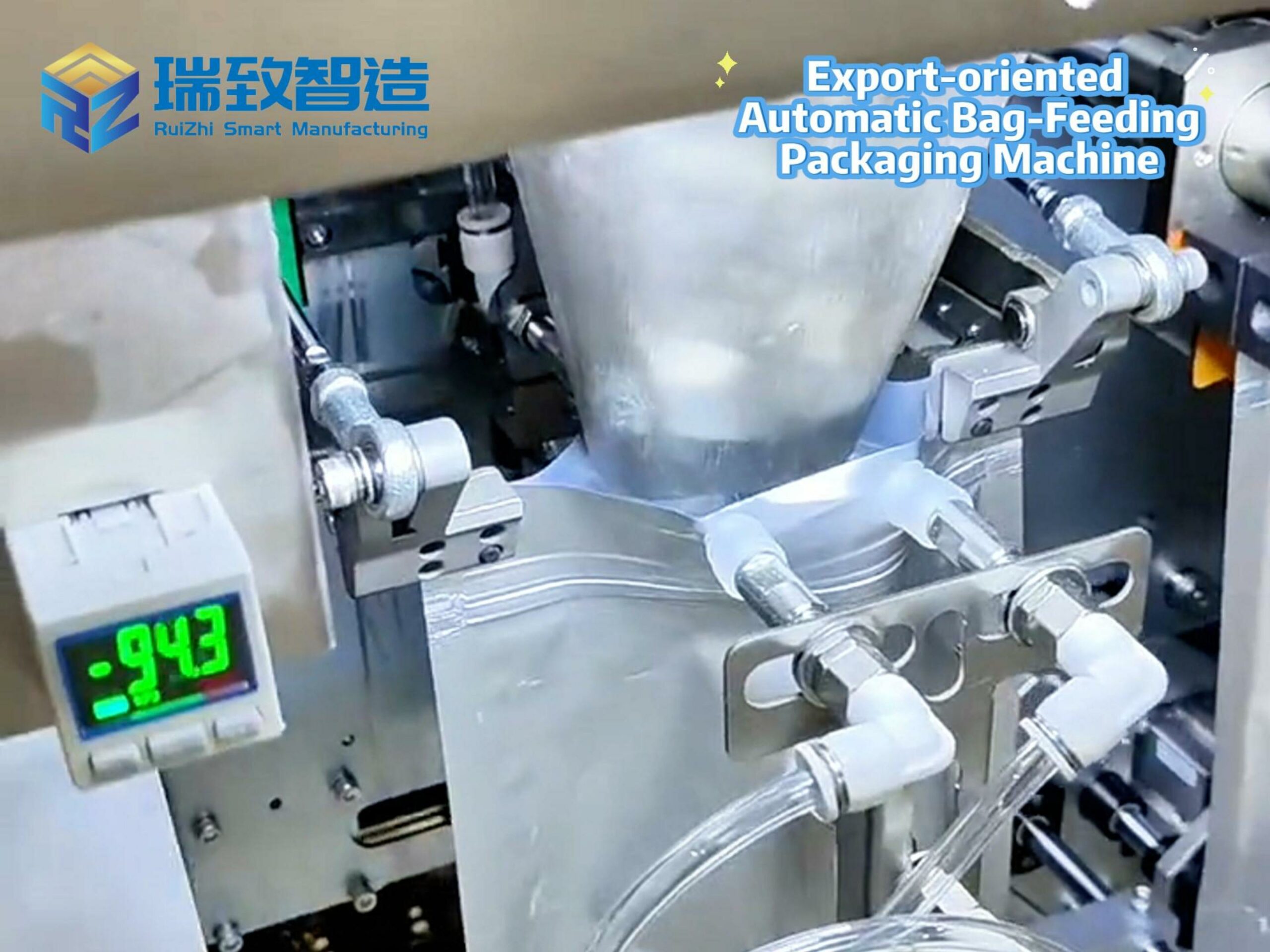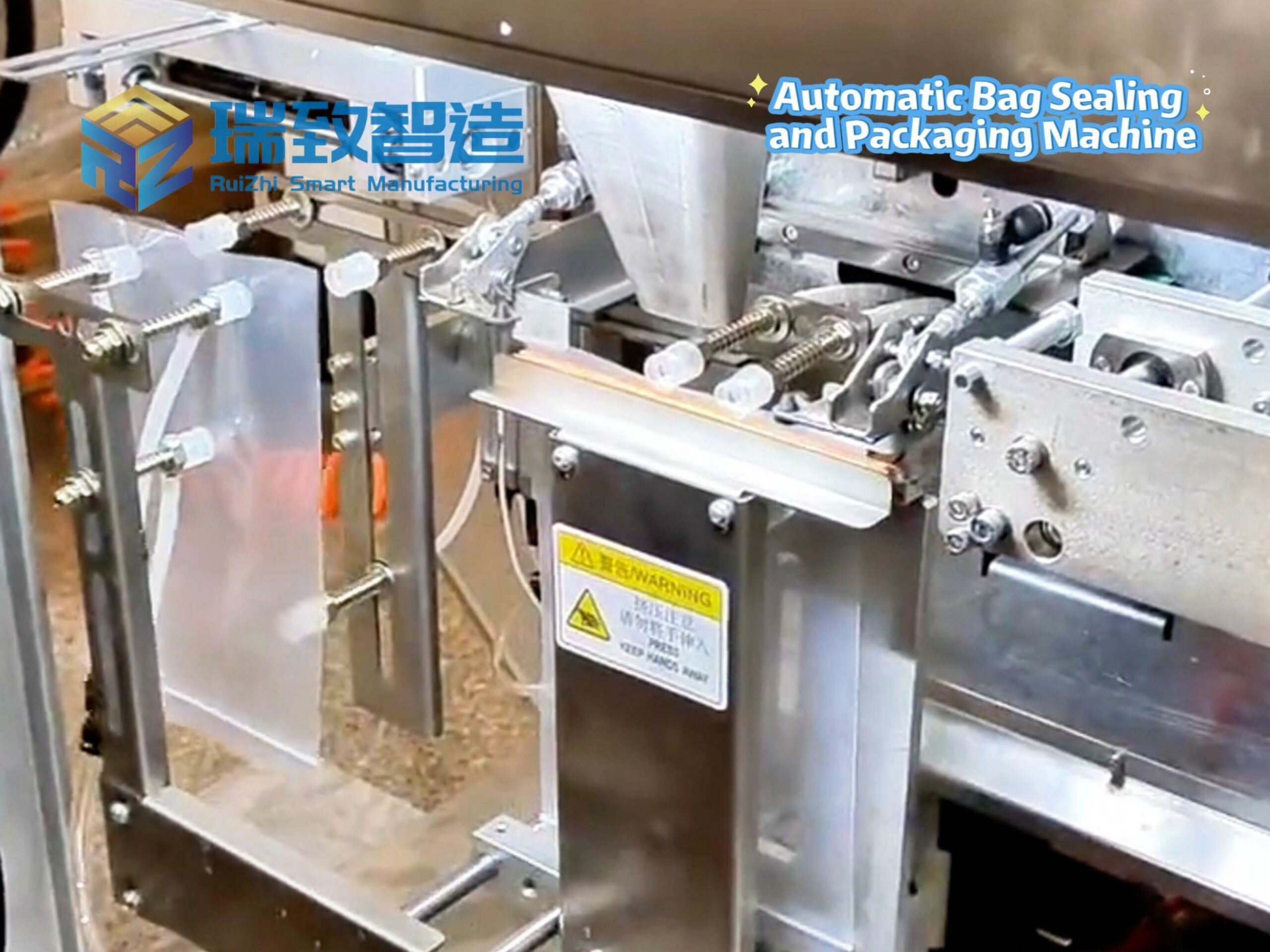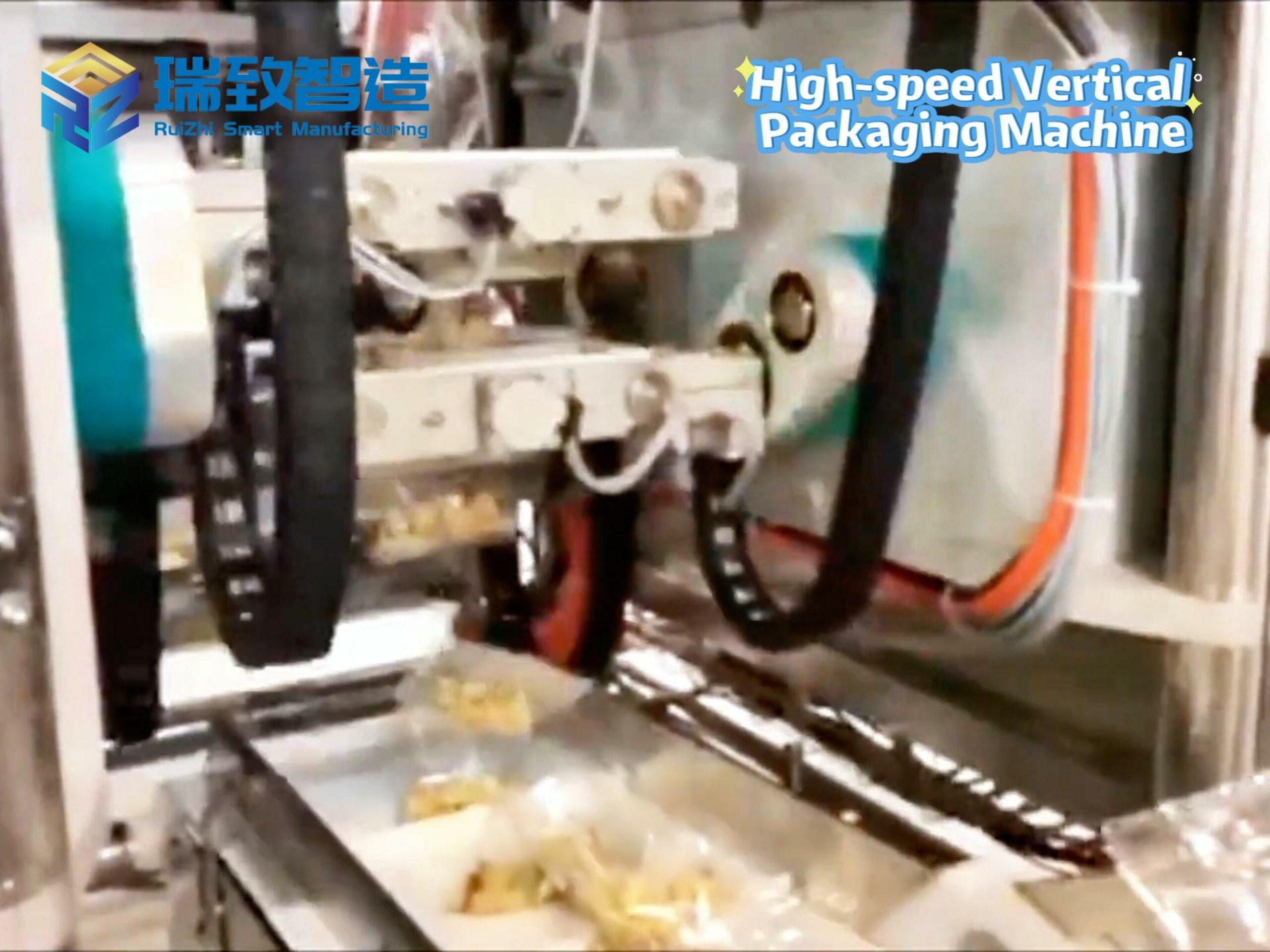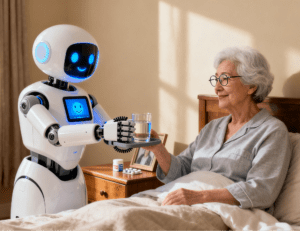
Recently, the General Office of the Ministry of Industry and Information Technology and the General Office of the Ministry of Civil Affairs announced the list of pilot projects for paired research and development and scenario application of intelligent elderly care service robots. The list includes a total of 32 intelligent elderly care service robot projects focusing on 10 types of application scenarios such as emotional companionship, rehabilitation support, daily care, transfer assistance, walking assistance, toileting and incontinence care, and bathing assistance. For example, the key technology research and pilot application of intelligent emotional companionship robots, and the paired research and scenario application of intelligent physiotherapy and rehabilitation robots. Each project has one leading unit and multiple participating units.
It is worth noting that many listed companies and star enterprises have participated in this pilot work, including: Haier Robotics, Siasun, UBTECH, Xiangyu Medical, JD.com, China Resources Pharmaceutical, Beijing Humanoid Robot Innovation Center, etc.
This means that the development of elderly care service robots is no longer limited to the laboratory stage, but is accelerating into practical application scenarios, laying the foundation for subsequent commercial promotion.
In addition to the policy-oriented development of the elderly care service robot industry, the increasing aging of the population is also driving major manufacturers to accelerate the implementation and in-depth development of elderly care service robots suitable for various application scenarios.
According to data from the National Bureau of Statistics, by the end of 2024, the population aged 60 and above in China reached 310.31 million, exceeding 300 million for the first time, accounting for 22.0% of the total population. Among them, the population aged 65 and above reached 220.23 million, accounting for 15.6% of the total population.
Other relevant data show that since 2001, when the population over 65 years old exceeded 7% (marking the entry into an aging society), it has only taken 21 years to enter a deeply aging stage. It is estimated that by 2035, the elderly population will reach 420 million, accounting for more than 30% of the total population.
At present, as elderly care service robot enterprises are forced to develop, what are the actual pain points that need to be solved?
The following will discuss from the user level (the elderly) and the caregiver level (family members and nursing staff) respectively.
User level (the elderly):
Safety and emergency protection (early warning function)
Fall detection and immediate alarm: Falls are one of the most direct and dangerous threats to the health of the elderly. At this time, the robot needs to accurately identify the elderly’s falling posture through technologies such as vision or lidar, and immediately and automatically notify family members or emergency centers. Early warning of sudden diseases: It can monitor key vital signs such as heart rate, blood oxygen, and blood pressure in real time by integrating or connecting with wearable devices, and give early warning when data is abnormal, so as to strive for golden time for rescue as much as possible. Environmental safety monitoring: The robot should be able to identify and alarm common household safety hazards such as forgetting to turn off the fire.
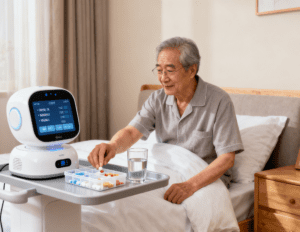
Functional decline and mobility impairment (physical assistance function)
Actions such as getting up from bed independently and walking steadily are easy for young people, but extremely difficult for the elderly. The robot should provide reliable physical support and assistance; Robots with mechanical arms can help the elderly complete some risky daily actions such as fetching things from high places; For disabled elderly people, the needs involving toileting and cleaning, body bathing, etc., are the most rigid and also the most labor-consuming. Family members or nursing staff’s help may make the elderly lose their dignity, but elderly care service robots can provide this function.
Mental loneliness and emotional deficiency (emotional companionship function)
With children being busy and old friends passing away one after another, a strong sense of loneliness is a common psychological state of the elderly who lack in-depth companionship. Robots that only respond to simple voice commands can hardly meet the actual needs. They should also have active and emotional dialogue capabilities based on large AI models to communicate with the elderly in a warm way. In addition, they should be able to provide aging-appropriate entertainment content, such as opera playing, online chess activities, etc., and even assist the elderly in developing new hobbies, helping them rediscover the joy of life and their sense of self-worth.
Cognitive impairment and medication management (reminder and training functions)
Forgetting to take medicine, taking the wrong medicine, or taking too much medicine are extremely common and dangerous problems. The robot needs to accurately manage medicines by time and dosage, and strongly remind the elderly through voice, vision, etc. At the same time, the robot can also provide simple memory games for the elderly with signs of cognitive decline to delay the deterioration of their cognitive ability.
Caregiver level (family members or nursing staff):
Care pressure and physical exhaustion
Some children and nursing staff are prone to physical strain when facing long-term heavy physical work such as helping the elderly turn over and get up. Robots, as “tireless physical helpers”, can replace these heavy physical labors. In addition, 24-hour uninterrupted care is a challenge to the health of caregivers, especially at night. Round-the-clock robots can relieve the mental pressure of caregivers and allow them to rest at ease.
Information asymmetry and remote anxiety
As a home terminal, the robot enables children to check the elderly’s activity trajectory and health data in real time on the APP even when they are away from home. When an accident occurs, the robot must act as the “first responder”, break the geographical barrier, automatically call for rescue and notify the children.
High labor costs and resource shortages
Labor costs are high and the number of workers is scarce. Robots with one-time investment can solve this problem. Robots working 24/7 will help alleviate the social pressure of elderly care in the long run.
In conclusion
Facing the accelerating arrival of an aging society, elderly care service robots are moving from technical concepts to real scenarios. Driven by both policies and the market, enterprises are facing core pain points – not only to provide a “machine”, but to become a comprehensive solution for safeguarding safety, empowering life, and providing warm companionship. The real challenge lies in how to make technology accurately understand people’s needs and reliably integrate into daily life. This road has just begun, but every progress means that more elderly people can enjoy a more dignified and secure old age.


